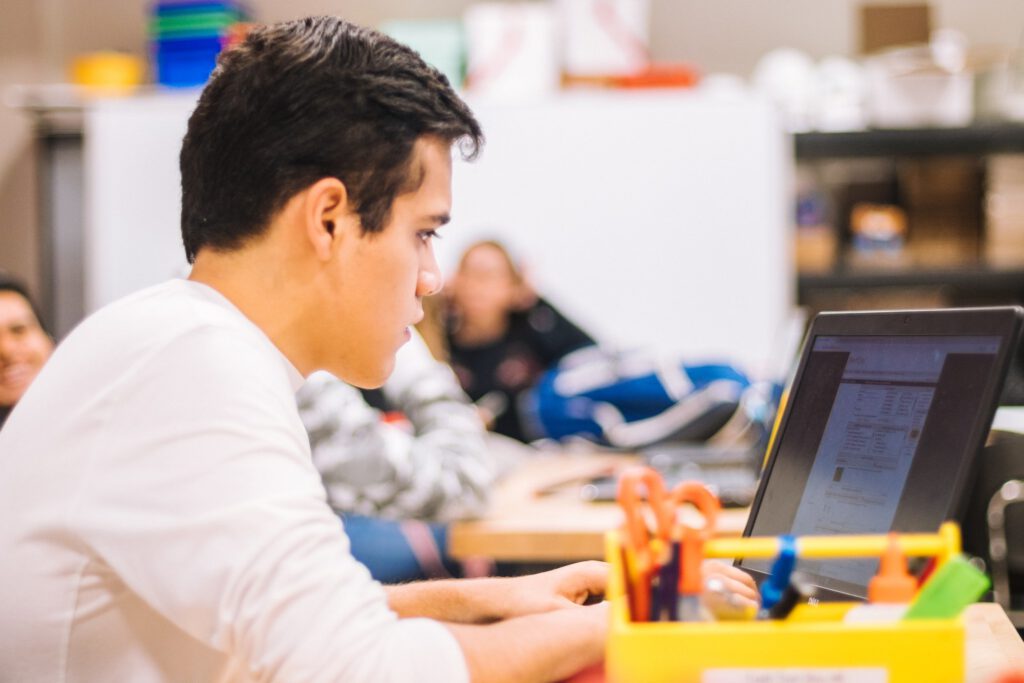Demystifying Differentiation
A Quick Guide to Differentiated Instruction
Meeting students where they are and purposefully creating learning experiences that are engaging and relevant can lead to exponential student growth. It is sometimes difficult to imagine how one teacher can meet the needs of thirty students at the same time. While teachers cannot clone themselves, they can apply simple strategies that will enable them to better serve the students in their care. Differentiation is the answer to the issues that many teachers face in the classroom.
What is differentiation? Simply put, differentiation is meeting the needs of each individual student by tailoring the instructional practices that are utilized in the classroom. In her article What is Differentiated Instruction?, Carol Ann Tomlinson, Ph.D. argues that teachers can create the conditions for success in the classroom by differentiating content, process, products, or the learning environment itself, as well as the use of ongoing assessment and flexible grouping. What does differentiation of content, process, product, or learning environment mean?
-
Content: To differentiate the content of instruction requires that teachers judiciously modify lessons and materials in response to students’ individual levels and academic goals. Teachers can utilize different levels of reading materials, increase access to visual supports, offer audio books, teach students one-to-one or in small groups, or differentiate the content based on the interest or readiness of the students. According to John McCarthy, teachers can also incorporate videos and hands-on activities into their lessons.
-
Process: To differentiate the process of learning means to consider ways to personalize instructional activities. Utilizing centers or stations in the classroom, scaffolding the level of support the teacher gives each student, altering time limits, and having diverse materials for lessons are ways to differentiate the process of learning.
-
Product: To differentiate the product of learning is a way to provide multiple means for students to demonstrate their learning and growth. Teachers can utilize rubrics and allow students voice and choice about how they want to express their learning. They can also give students the choice to collaborate with their peers or work independently. Project Based Learning offers many opportunities to differentiate the product.
-
Learning Environment: Finally, to differentiate the learning environment is to create equitable alterations to the classroom in order to promote student access. Creating a classroom with clear norms and expectations, employing flexible seating, and ensuring that there are quiet, distraction free spaces for students to work are ways that teachers can differentiate the learning environment.
Differentiation is not as difficult as one might think. It does not require endless planning. Actually, most differentiation happens on the spot as the teacher is facilitating the lesson. By establishing relationships and a positive rapport with students, teachers have all the information that they need to start differentiating.
>
“The object of differentiation is not to make assignments and activities easier; instead it is to increase engagement and access, ensuring that all activities are both challenging and attainable.”
Focusing on what the main learning objective is can allow teachers to differentiate without sacrificing rigor in the classroom. The object of differentiation is not to make assignments and activities easier; instead it is to increase engagement and access, ensuring that all activities are both challenging and attainable. As an example, consider this writing activity: If a teacher is leading a lesson on writing and a student is not engaged, the teacher may choose to differentiate the topic of the writing assignment for that student. By changing the topic to something that is more appealing, the teacher can align to the interest of the student and move forward. Remembering that the objective of the lesson is writing, not the specific topic, allows the teacher to differentiate appropriately. What personalizations can you make to your lessons which will create a differentiated learning experience for your students?
Differentiation opens doors to learning and increases engagement in students who might otherwise be left behind. Examining how to differentiate the process, product, content, and learning environment based on student readiness, interests, and needs will enhance your effectiveness as a teacher and increase student achievement!
Fayth Silveus, M.Ed., Ed.S.



